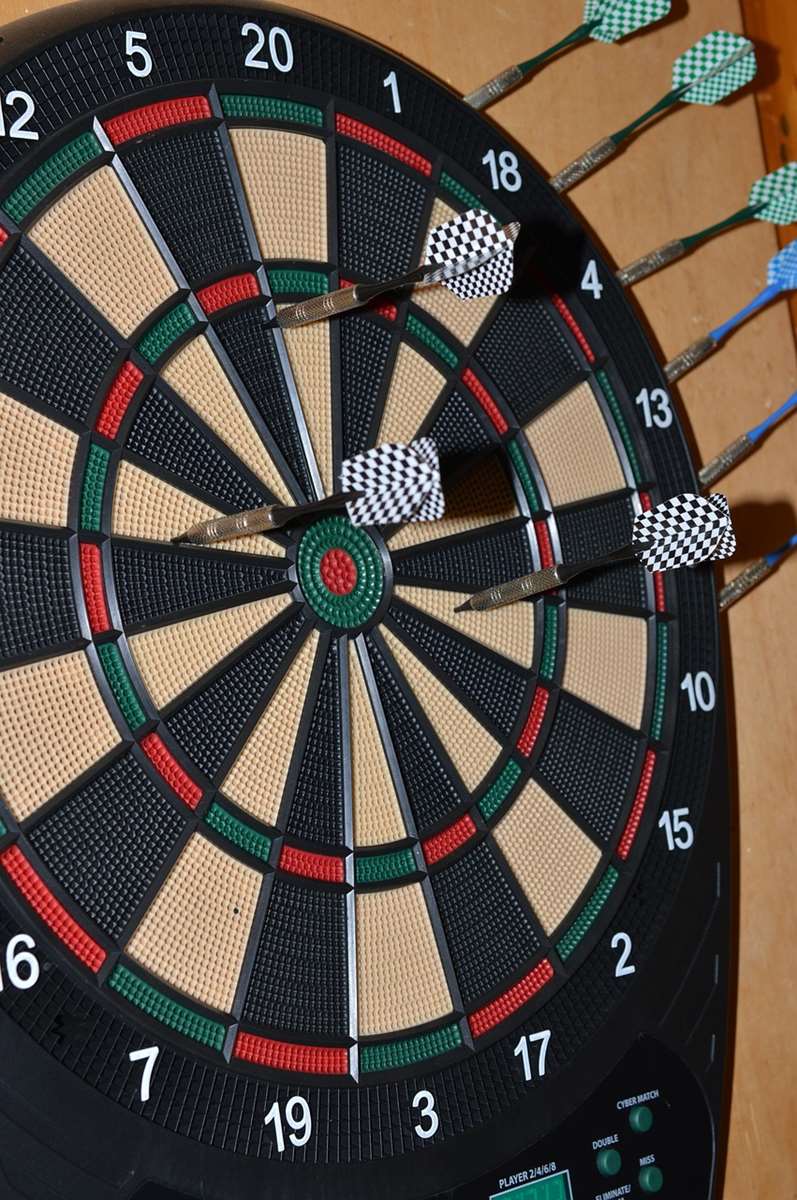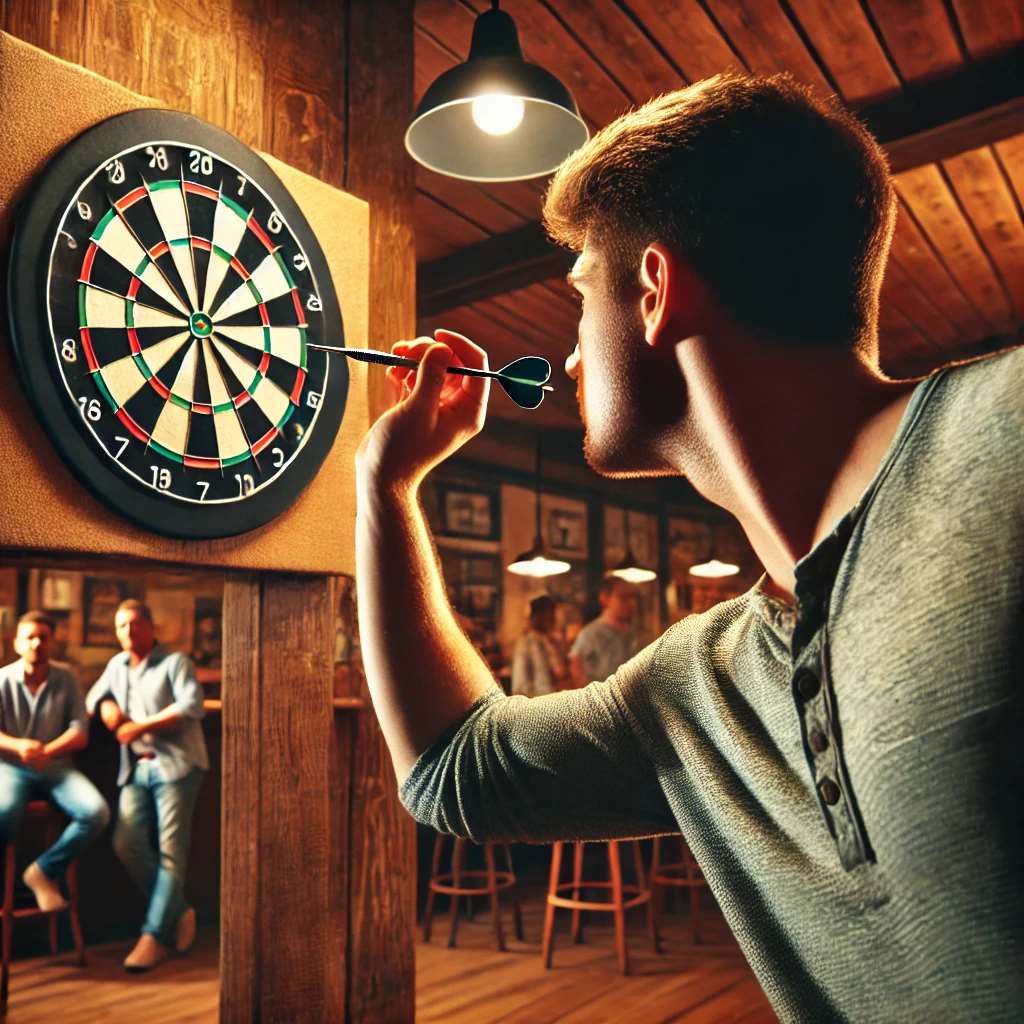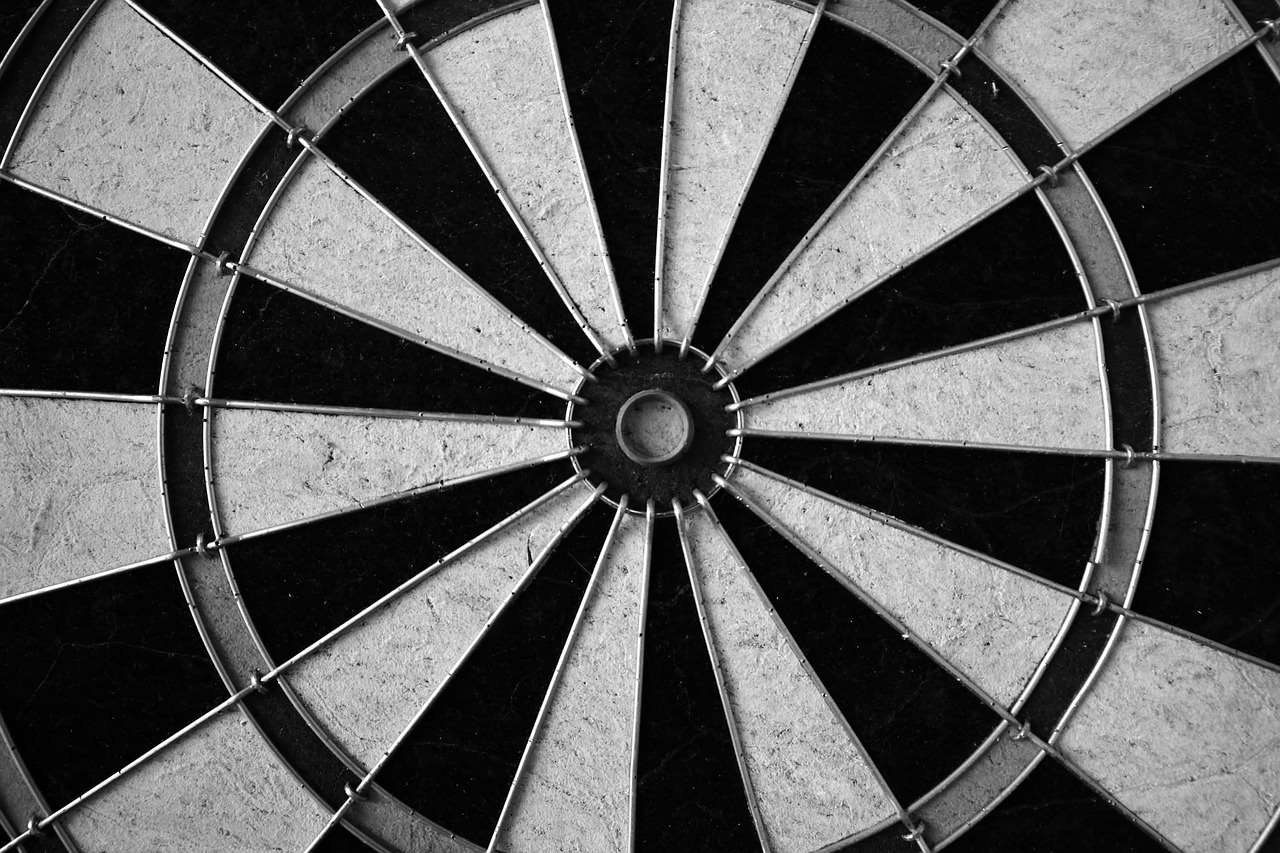The key to a successful youth darts league handicap system is creating a fair and enjoyable environment where players of varying skill levels can compete; it levels the playing field, encouraging participation and skill development. This article will delve into the intricacies of implementing and managing a youth darts league handicap, covering everything from calculation methods to best practices for maintaining a positive atmosphere.
⚠️ Still Using Pen & Paper (Of een schoolbord)?! ⚠️
Stap in de toekomst! De Dart Teller -app behandelt alle scoren, stelt kassa voor, en volgt uw statistieken automatisch. It's easier than you think!
Probeer de Smart Dart Teller -app gratis!Klaar voor een upgrade? Klik hierboven!
Understanding the Importance of a Youth Darts League Handicap
In any youth darts league, players will naturally possess a wide range of abilities. Without a handicap system, more experienced players might consistently dominate, potentially discouraging newer or less skilled participants. A well-designed youth darts league handicap aims to mitigate this disparity, providing all players with a reasonable chance of winning and fostering a more inclusive and competitive environment. This leads to increased engagement, improved player retention, and a greater overall enjoyment of the game. It’s also worth noting that a good handicap system can provide valuable learning opportunities for less experienced players, pushing them to improve and learn from their more skilled counterparts.

Different Approaches to Calculating a Youth Darts League Handicap
Several methods can be used to calculate a youth darts league handicap. The chosen method should be relatively simple to understand and administer, while also accurately reflecting player performance. Here are some common approaches:
- Averaged Score Method: This involves calculating the average score a player achieves over a set number of games. The handicap is then determined by comparing each player’s average to a benchmark score, often the average score of the highest-performing player or a predetermined target score. A higher average results in a lower handicap, while a lower average results in a higher handicap.
- Points-Based System: In this system, players earn points based on their performance in each game (Bijv., points for winning, points for hitting specific targets like a bullseye or a checkout). The handicap is then adjusted based on the accumulated points over a period of time.
- Percentage-Based Handicap: This method involves giving players a percentage of their average score as a handicap. Bijvoorbeeld, a player with an average score of 40 might receive 20% of their score (8 points) as a handicap. This is added to their score at the end of the game.
- Wins-Based System: This is a simpler method, where players receive a handicap based on their win/loss record. Players with fewer wins receive a higher handicap. This might be most appropriate for leagues where games are relatively short and less statistically robust.
The Averaged Score Method is generally considered the most reliable, particularly for more experienced youth players. To delve more into the game’s fundamentals, lezen Basic Darts Fundamentals for Beginners.
Factors to Consider When Choosing a Handicap Method
Selecting the appropriate handicap method for your youth darts league handicap requires careful consideration of several factors:
- Skill Level of Players: A simple method might suffice for beginners, while a more sophisticated approach may be necessary for advanced players.
- Frequency of Play: More frequent play allows for a more accurate handicap calculation.
- Administrative Burden: Choose a method that is easy to track and manage, considering the available resources and volunteers.
- Transparency and Fairness: The method should be transparent to all players and perceived as fair.
Implementing and Managing the Youth Darts League Handicap
Once you’ve chosen a handicap method, it’s crucial to implement and manage it effectively. This involves establishing clear rules, tracking player performance accurately, and regularly reviewing and adjusting the handicap system as needed. A poorly managed handicap system can create frustration and undermine the fairness it’s intended to achieve.

Establishing Clear Rules and Guidelines
Clearly communicate the rules and guidelines of the youth darts league handicap to all players and parents. This includes explaining the handicap calculation method, how handicaps will be adjusted, and any rules regarding sandbagging (intentionally underperforming to gain a higher handicap). Transparency is key to building trust and ensuring fair play. Publish these rules online and display them prominently at the venue.
Accurate Tracking of Player Performance
Accurate tracking of player performance is essential for maintaining a fair and reliable handicap system. This can be done manually using score sheets or electronically using a spreadsheet or darts league management software. Ensure that all scores are recorded promptly and accurately. Data entry errors can significantly skew handicap calculations. Consider involving parents or older players in the scorekeeping process.
Regular Review and Adjustment of Handicaps
Handicaps should be reviewed and adjusted regularly to reflect changes in player performance. The frequency of these adjustments will depend on the frequency of play and the chosen handicap method. Some leagues adjust handicaps weekly, while others do so monthly. Consider using a pre-defined schedule for handicap adjustments to avoid accusations of favoritism or bias. Also, be prepared to make ad-hoc adjustments if a player experiences a significant and sustained change in their performance.
Addressing Sandbagging and Other Forms of Cheating
Sandbagging, where a player deliberately underperforms to gain a more advantageous handicap, is a common concern in handicap leagues. Implementing measures to deter sandbagging is essential for maintaining the integrity of the youth darts league handicap system. This can include:
- Monitoring player performance closely: Look for sudden and unexplained drops in performance.
- Implementing penalties for sandbagging: This could include adjusting the player’s handicap or disqualifying them from certain competitions.
- Creating a culture of fair play: Encourage players to report suspected instances of sandbagging.
It’s important to address these issues promptly and fairly to maintain the integrity of the league. How to make darts fairer with handicap rules becomes even more relevant in these situations.

Creating a Positive and Inclusive Environment
Beyond the technical aspects of calculating and managing handicaps, it’s crucial to foster a positive and inclusive environment in the youth darts league. This means encouraging sportsmanship, promoting teamwork, and celebrating both individual and team achievements. A positive atmosphere will enhance the overall experience for all participants and encourage long-term engagement.
Promoting Sportsmanship and Fair Play
Sportsmanship should be a core value of the youth darts league. Encourage players to congratulate their opponents, both in victory and defeat. Emphasize the importance of following the rules and respecting the decisions of the referees or league administrators. Consider awarding a “Sportsmanship Award” to recognize players who consistently demonstrate exemplary behavior.
Encouraging Teamwork and Collaboration
While darts is often seen as an individual sport, teamwork can still play a role in a youth darts league. Encourage players to support each other, offer advice, and celebrate each other’s successes. Consider organizing team-based competitions or activities to foster a sense of camaraderie. Teamwork can make the league much more fun and engaging for everyone involved.

Celebrating Achievements and Recognizing Progress
Recognize and celebrate the achievements of all players, regardless of their skill level. This could include awarding prizes for winning matches, achieving high scores, or demonstrating significant improvement. Consider creating a “Most Improved Player” award to recognize those who have shown the greatest progress over the course of the season. Celebrating small victories can keep players motivated and engaged. Consider adapting darts rules for beginners, as this can affect player progression. It’s also helpful to have Darts -regels aanpassen voor beginners ready to cater to participants with diverse skill levels.
Leveraging Technology for Effective Handicap Management
Modern technology offers numerous tools that can streamline the management of a youth darts league handicap. From dedicated league management software to simple spreadsheets, technology can simplify score tracking, handicap calculation, and communication with players and parents. Embracing these tools can significantly reduce the administrative burden and improve the overall efficiency of the league.
Dart League Management Software
Several dart league management software programs are available, offering features such as online registration, het volgen van score, handicap calculation, and automated communication. These programs can significantly simplify the administration of a youth darts league handicap and provide a professional and organized experience for all participants. Examples of features include generating league standings, tracking player statistics, and communicating schedule changes via email or SMS.
Spreadsheets and Databases
If a dedicated software program is not feasible, a spreadsheet or database can be used to track player performance and calculate handicaps. This requires more manual effort but can still be an effective solution, particularly for smaller leagues. Consider using formulas to automate the handicap calculation process and ensure accuracy. There are many free spreadsheet templates available online that can be customized for dart league management.

Online Communication Platforms
Use online communication platforms, such as email, social media groups, or messaging apps, to keep players and parents informed about league schedules, handicap adjustments, and other important information. This can significantly improve communication and reduce the need for time-consuming phone calls or emails. Create a dedicated Facebook group or WhatsApp group for the league to facilitate communication and build a sense of community.
Conclusie
Implementing and managing a youth darts league handicap is essential for creating a fair, inclusive, and enjoyable experience for all participants. By carefully selecting a handicap method, establishing clear rules, tracking player performance accurately, and fostering a positive environment, you can ensure that your league is a success. Remember to regularly review and adjust the handicap system to maintain its fairness and adapt to changes in player performance. Embrace technology to streamline the administrative tasks and improve communication. By following these guidelines, you can create a youth darts league handicap that encourages participation, promotes skill development, and fosters a lifelong love of the game. Start planning your league today and make it a fantastic experience for all the young dart enthusiasts in your community! Don’t forget to consult Modifying rules for mixed-level dart players to enhance fairness even further.
Hoi, Ik ben Dieter, En ik heb Dartcounter gemaakt (Dartcounterapp.com). Mijn motivatie was geen darts -expert - helemaal tegenovergestelde! Toen ik voor het eerst begon te spelen, Ik hield van het spel, maar vond het moeilijk en afleidend om nauwkeurige scores te houden en statistieken te volgen.
Ik dacht dat ik niet de enige kon zijn die hiermee worstelde. Dus, Ik besloot om een oplossing te bouwen: een eenvoudig te gebruiken applicatie die iedereen, Ongeacht hun ervaringsniveau, zou kunnen gebruiken om moeiteloos te scoren.
Mijn doel voor Dartcounter was eenvoudig: Laat de app de nummers afhandelen - het scoren, de gemiddelden, de statistieken, Zelfs checkout suggesties - zodat spelers puur kunnen richten op hun worp en genieten van het spel. Het begon als een manier om het probleem van mijn eigen beginners op te lossen, En ik ben heel blij dat het is uitgegroeid tot een nuttig hulpmiddel voor de bredere darts -community.